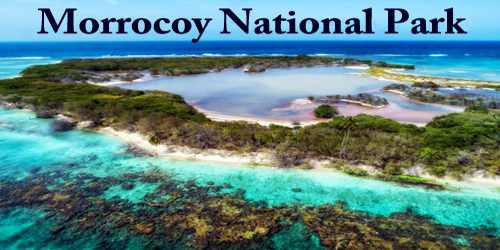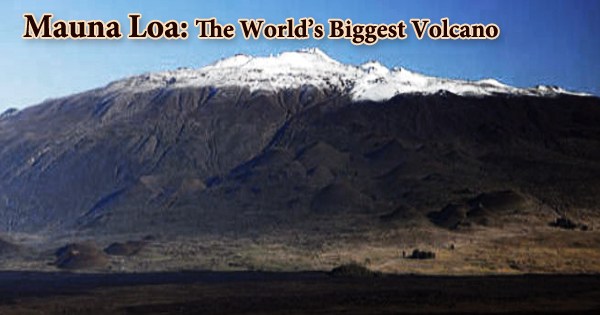Morrocoy National Park with beautiful bays and islands of fine white sand to the east is located in the easternmost coast of Falcón state and northwestern of Golfo Triste, in the west-central Venezuelan coast, near the towns of Boca de Aroa, Tucacas, Sanare, Chichiriviche, Flamenco and Tocuyo de la Costa, and consists of 32,090 acres. It was declared a national park on 26th May 1974 by Executive Order No. 113, Official Gazette No. 30408 on 27th May 1974.
Bird watching is a popular tourist activity at Morrocoy, which is home to two-thirds of the bird species in the Venezuelan region. The coral reefs of the park are even more popular, with the numerous marine creatures that inhabit the waters around the islands and keys in Morrocoy. Here are caves with ancient petroglyphs and rainforests for visitors to explore as well.
From Caracas, take the Central Regional Highway to past the dealer Guacara (approximately 140 km). Variant is taken by highway via Yagua to Puerto Cabello. Arriving at El Palito take the highway to Puerto Cabello in Morón address. In the Morón dealer takes the highway Morón-Tucacas and after traveling 40 km it reach the entrance to the Morrocoy National Park.
Some facts about Morrocoy National Park:
- Cuare Wildlife Refuge states that there are at least 266 bird species in the park.
- National park status helps to protect the ecosystems and habitats of the wildlife whether permanent or migratory.
- Vulnerable bird species in Morrocoy National Park include the pelican, palette heron, and flamingo.
- Turtles that can be found in Morrocoy National Park include the hawksbill turtle, green sea turtle, horned turtle, and the cardon turtle.
- The coastal alligator, which is considered endangered, can be found in Morrocoy National Park.
- Wildlife found in the park included howler monkeys, anteaters, caramerudo deer, brocket deer, crab-eating foxes, sloths, pacas, agoutis, and opossums, among many others.
- Fish found breeding in Morrocoy National Park includes snapper, tarpon, snook, toadfish, sardines, grunt, barracuda, grouper, and curbina, among others.
- Shellfish found in the waters of Morrocoy include sea hares, lobsters (two species), red crabs, blue crabs, and mangrove oysters.
- Because of man’s presence in the park the coral reefs and coral species have been negatively affected.
- The plants growing in Morrocoy are determined by the position within the park which includes shallow seabeds, keys, saline shoals, marshes, coast and coastal lagoon regions.
- Plant life within Morrocoy includes everything from cactus, evergreens, and deciduous plants, to mangroves, and seagrass.
- Morrocoy National Park has many beaches to enjoy. Some of these are Mayorquina, Mero Beach, Punta Brava, Boca Seca, Sal cay, and Sombrero cay.
- The highest point in Morrocoy National Park is Chichiriviche Hill which sits as 285 meters in height.
- Visitors to Morrocoy National Park can boat, camp, hike, explore, scuba dive, watch wildlife, birdwatch, swim, or just lounge on the beautiful beaches.
- One popular activity in the park’s marine region is boating to the keys, which can be done by renting a boat if needed.
- Visitors to the park can rent a room within a hotel inside the park.
- Morrocoy National Park is located between Tucacas and Chichiriviche villages.
- There are several islands and cays included in Morrocoy National Park’s boundaries. The park also has towns and villages, such as Morrocoy, Lizardo, Aguasalobre, and Cano Leon.
- There is an area of Morrocoy National Park that is only accessible by boat known as La Piscina. In this area with no beach tourists enjoy the waters, anchor their boats, and are able to buy food and other items. This area is also known as Los Juanes.
The warm tropical climate is influenced by the northeast trade winds, with low rates of precipitation. Temperature is relatively uniform throughout the year between 27 and 35 °C. In cold weather it can reach temperatures between 23-26 °C. The rainiest period extends from August to December, particularly in November and December.
There are two main access points, one at Tucacas and the other at Chichiriviche, with boat services to the islands available at both of these towns. The park is easily accessible and, as a result, very popular with Venezuelans. It can get extremely busy, particularly around holidays.
Information Sources:
















